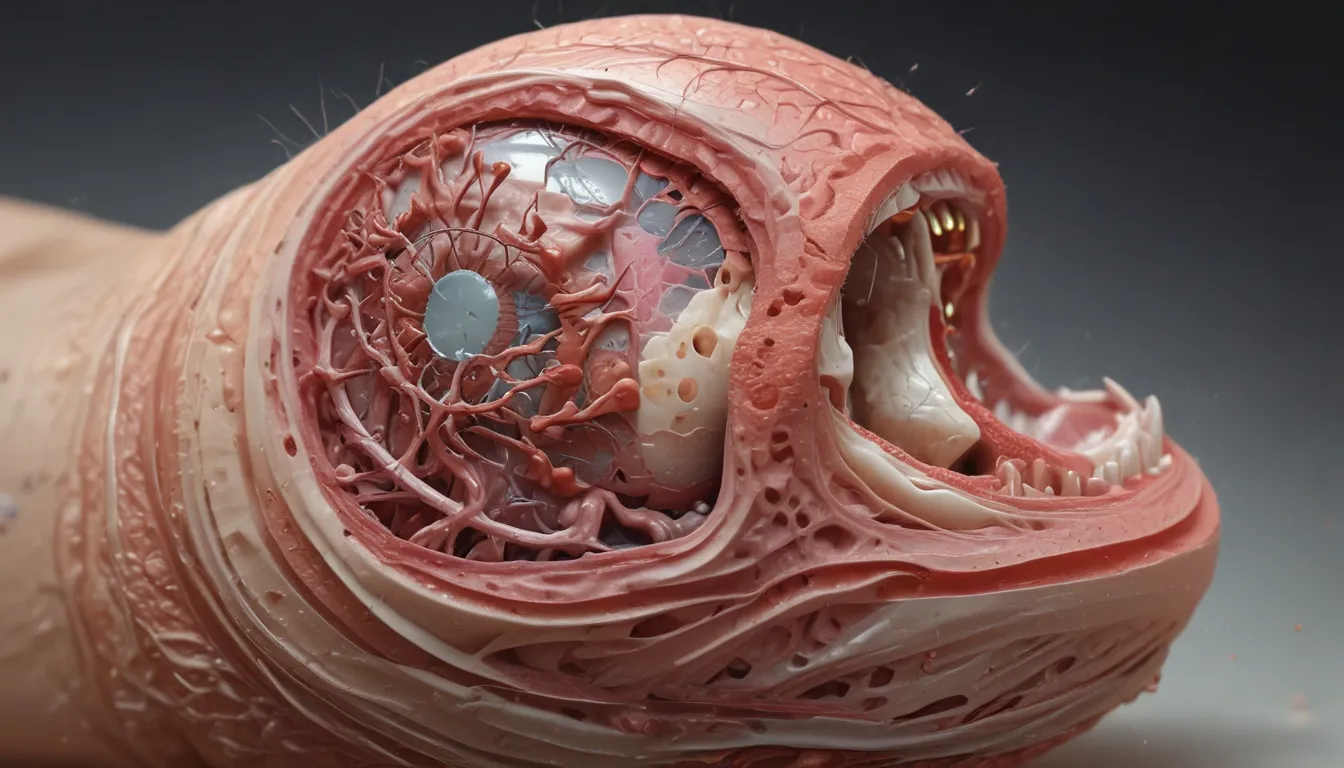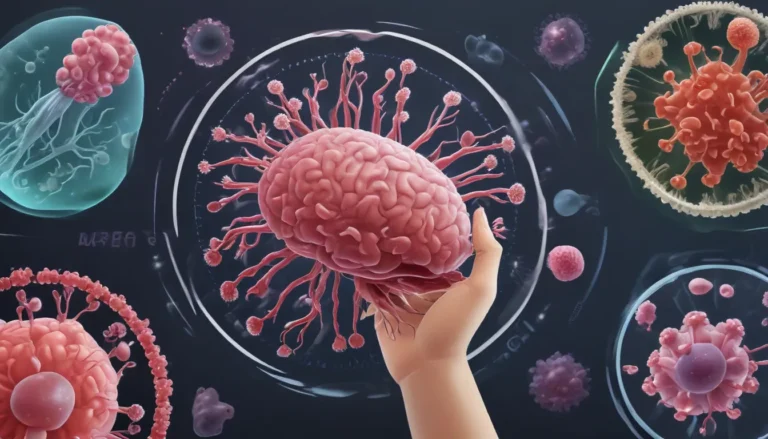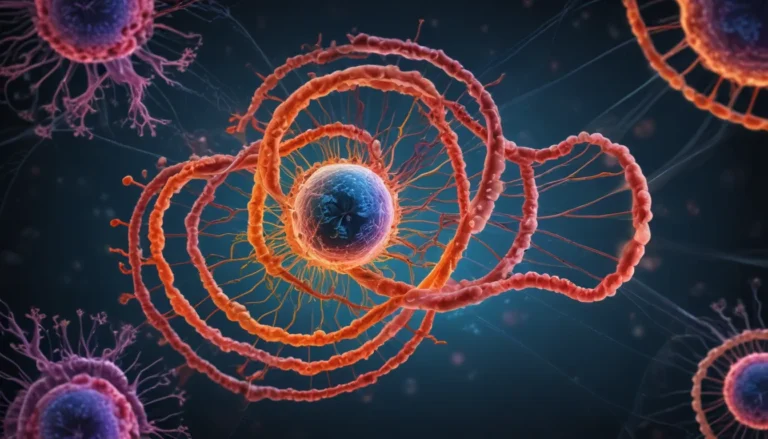A Note About Images: The images used in our articles are for illustration purposes only and may not exactly match the content. They are meant to engage readers, but the text should be relied upon for accurate information.
Wound healing is a captivating biological phenomenon that showcases the body’s incredible ability to repair and regenerate damaged tissues. Whether it’s a minor cut or a major surgical incision, the process of healing involves a series of intricate stages that work together seamlessly to restore normal function. In this article, we will delve into 13 intriguing facts about wound healing that will enlighten you on the complexities of this essential bodily function. Get ready to uncover the hidden gems of wound healing and gain a deeper appreciation for the wonders of the human body!
Unveiling the Dynamics of Wound Healing
At its core, wound healing is a complex biological dance orchestrated by the body to mend injured tissues. It involves a symphony of events that unfold in a precise sequence to ensure the restoration of structural integrity and functionality to the affected area.
Delving Into the Four Stages of Healing
Wound healing can be neatly divided into four distinct phases, each playing a pivotal role in the overall recovery process. From the initial blood clotting to the final remodeling phase, these stages involve a myriad of cellular and molecular mechanisms working harmoniously to achieve optimal healing.
- Hemostasis: The first stage of wound healing involves blood clotting to control bleeding and create a protective barrier against invading pathogens.
- Inflammation: This phase is marked by the body’s natural response to injury, serving to remove debris, combat infections, and kickstart the proliferation of new cells.
- Proliferation: Here, specialized cells like fibroblasts take center stage, producing collagen and aiding in the closure of the wound.
- Remodeling: As the healing process progresses, scar tissue forms, providing strength and protection to the newly healed area.
Unpacking Key Players in Wound Healing
- Fibroblasts: These specialized cells are instrumental in producing collagen, the building block of healing tissues, and facilitating wound closure.
- Angiogenesis: The formation of new blood vessels is essential for delivering oxygen, nutrients, and immune cells to the injured site, supporting tissue repair.
Nourishing the Healing Journey
Proper nutrition acts as a vital fuel for the wound healing process. A well-balanced diet rich in protein, vitamins, and minerals is crucial for supporting optimal recovery. Nutrients like vitamin C, zinc, and omega-3 fatty acids have been shown to promote wound healing and tissue regeneration.
Overcoming Obstacles in the Healing Path
Chronic conditions such as diabetes, autoimmune disorders, and vascular diseases can hinder the wound healing process, leading to delays and complications. Effective management of these conditions is essential to optimize healing outcomes.
- External Influences: Factors like infection, poor blood flow, excessive moisture, and mechanical stress can also impact wound healing. Maintaining a clean and protected wound environment plays a key role in facilitating optimal recovery.
Embracing Innovation in Healing
Recent advancements in medical technology have revolutionized wound care, offering new solutions for challenging wounds. Technologies such as growth factors, bioengineered tissues, and regenerative medicine have significantly improved healing outcomes, paving the way for enhanced recovery in complex cases.
Nurturing the Mind-Body Connection
The role of psychological factors in wound healing cannot be overlooked. Stress, anxiety, and depression can impede the body’s healing mechanisms, highlighting the importance of emotional well-being in the recovery process. Seeking support and maintaining a positive mindset can contribute to better healing outcomes.
Concluding Thoughts on Wound Healing
In conclusion, the intricate process of wound healing is a testament to the body’s remarkable resilience and regenerative abilities. Understanding the science behind healing not only fosters an appreciation for our biological systems but also empowers us to take proactive steps in optimizing the healing journey. By nurturing proper wound care practices and adopting a healthy lifestyle, we can support our bodies in their natural healing endeavors.
FAQs: Unveiling More Insights
-
Healing Timeline: The duration of wound healing varies based on factors like wound size, depth, and individual health. Minor wounds typically heal within a week or two, while larger wounds may require several weeks or months for complete recovery.
-
Nutritional Support: Certain foods rich in protein, vitamins, and minerals can promote wound healing. Consulting with a healthcare professional or dietitian for personalized dietary recommendations is recommended.
-
Infection Indicators: Signs of wound infection include increased pain, redness, swelling, pus, foul odor, and delayed healing. Prompt medical attention is crucial if infection is suspected.
-
Effects of Smoking: Smoking can impair wound healing by restricting blood flow and limiting oxygen supply to the wound site, increasing infection risk and complicating recovery.
-
Scar Management: To minimize scarring, maintaining proper wound care, avoiding picking or scratching the wound, and using recommended scar-reducing products can help improve the appearance of scars.
Wound healing is a captivating journey that unveils the intricacies of our body’s innate regenerative powers. Exploring the realms of cellular biology and nutritional support further enriches our understanding of this fascinating process. As we continue to unravel the mysteries of wound healing, let us embrace the marvels of science and empower ourselves to nurture holistic healing practices for optimal well-being.






